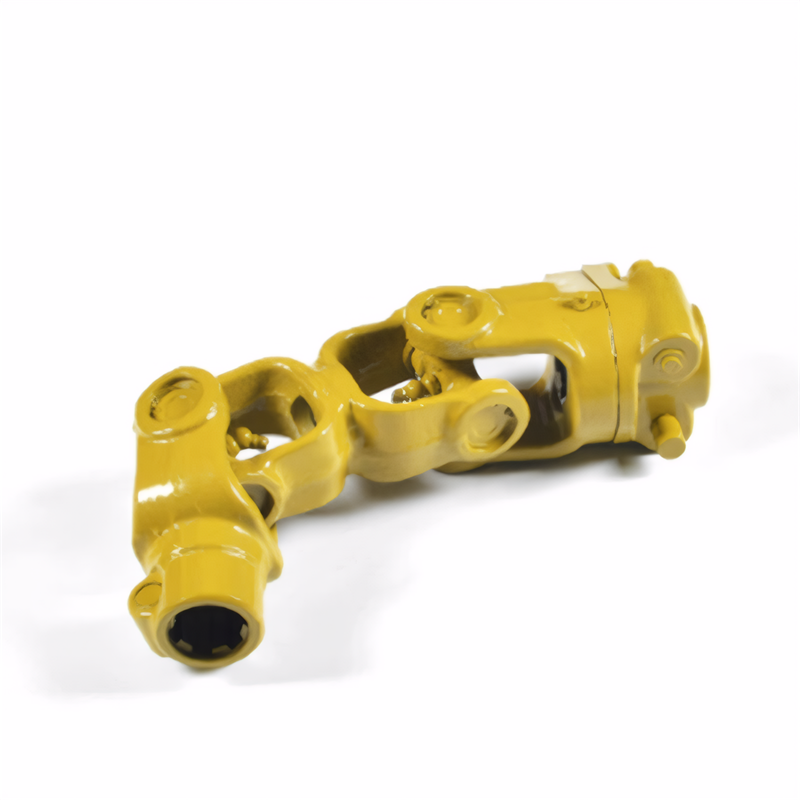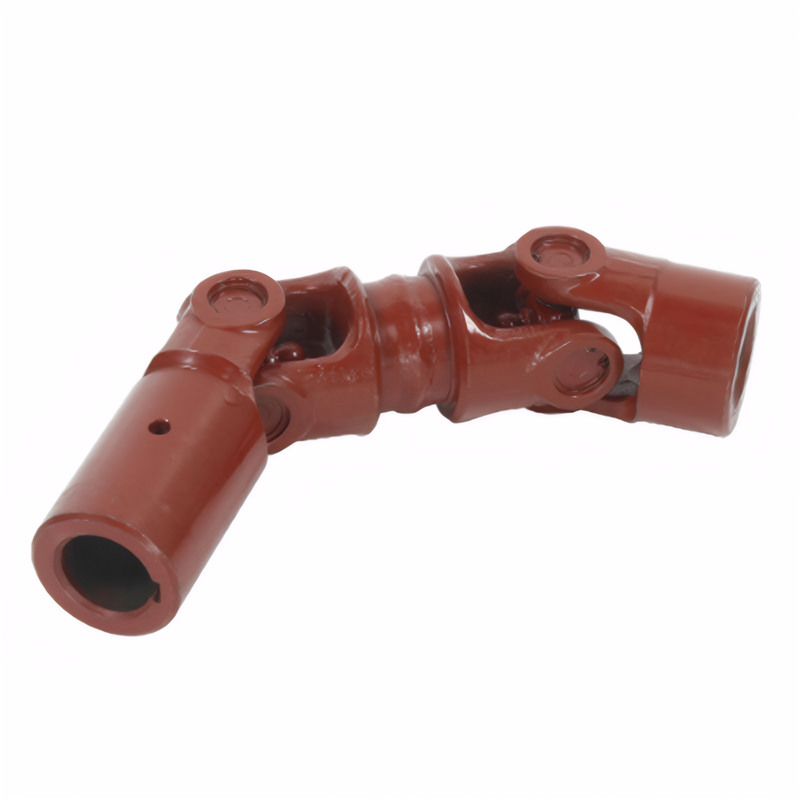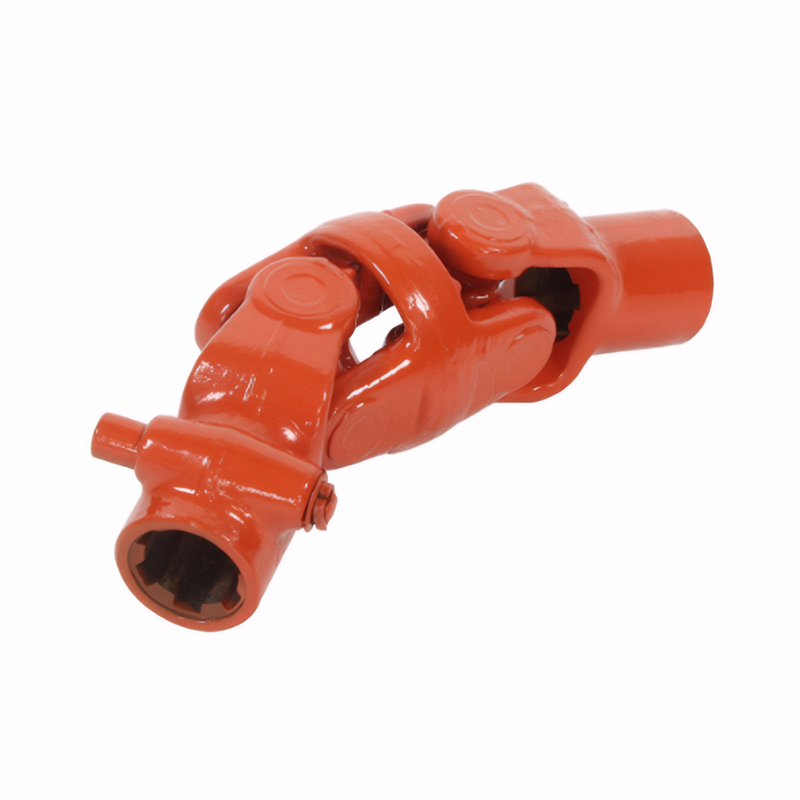Emergency handling of drive shaft faults
Emergency Response Strategies for Transmission Shaft Failures: Immediate Actions to Minimize Damage and Ensure Safety
Transmission shaft failures in vehicles or machinery can lead to sudden loss of power transmission, abnormal vibrations, or complete system shutdown. While permanent repairs require professional intervention, knowing how to respond immediately reduces secondary damage risks and ensures operator safety until proper maintenance can be performed.
Identifying Symptoms of Transmission Shaft Failure
Recognizing Unusual Noises During Operation
A failing transmission shaft often produces distinct sounds that indicate specific types of damage. Grinding noises may signal worn universal joints or splines, while clunking sounds during gear changes could point to loose connections or excessive play. Squealing or whining noises that change with engine speed might suggest misalignment or lack of lubrication in bearing components.
Key indicators:
- Metal-on-metal grinding during rotation
- Intermittent clunking during acceleration/deceleration
- High-pitched squeals at specific RPM ranges
- Rhythmic thumping synchronized with wheel rotation
Detecting Abnormal Vibration Patterns
Vibration analysis provides critical clues about shaft condition. Excessive vibration at the rotational frequency (1X) typically indicates imbalance, while harmonic vibrations (2X, 3X) may suggest bent components or misalignment. Sudden onset of severe vibration accompanied by steering wheel shake in vehicles requires immediate investigation.
Diagnostic signs:
- Vibration amplitude increasing with speed
- Resonance occurring at specific RPM bands
- Asymmetric vibration distribution across measurement points
- Phase relationship changes between axial and radial vibrations
Observing Physical Damage Indicators
Visual inspection can reveal obvious signs of failure before complete breakdown occurs. Look for cracks in welded joints, excessive corrosion on protective coatings, or visible deformation of splines or yokes. Oil leakage around seal locations may indicate compromised bearing assemblies.
Warning signs:
- Rust trails along the shaft length
- Missing or damaged dust covers on universal joints
- Elongated bolt holes in mounting flanges
- Fretting marks on mating surfaces
Immediate Safety Measures During Failure
Safe Vehicle/Equipment Shutdown Procedures
When transmission shaft failure occurs during operation, follow these steps to prevent further damage:
- Gradually reduce speed using engine braking where possible
- Avoid sudden stops that could cause additional stress
- Engage parking brake only after coming to a complete stop
- For vehicles, activate hazard lights and use warning triangles
- For stationary machinery, disconnect power sources immediately
Secure the Operating Environment
After shutdown:
- Block wheels on vehicles to prevent rolling
- Chock machinery components to stabilize load
- Clear the area of personnel and equipment
- Post warning signs around the affected unit
- Establish a safety perimeter based on potential energy release
Preventing Secondary Damage
Take these precautions to avoid escalating the problem:
- Do not attempt to continue operation under reduced load
- Avoid hammering or forcing misaligned components
- Protect exposed shaft ends from contamination
- Cover open driveline components to prevent foreign object ingress
- Document all observed symptoms before disassembly
Temporary Repair Solutions for Limited Operation
Universal Joint Replacement for Mobile Applications
When a universal joint fails in a vehicle transmission shaft:
- Support the shaft using jack stands or transmission jacks
- Mark component orientation for proper reassembly
- Remove retaining clips or bolts securing the failed joint
- Install a replacement joint using original hardware
- Verify free movement through full articulation range
Limitations:
- Temporary solution only - not for extended use
- Speed limited to 50% of maximum rating
- Avoid heavy loads or high-torque conditions
- Requires immediate replacement with proper components
Shaft Spline Protection Techniques
For damaged splines preventing proper engagement:
- Clean splines thoroughly with wire brush
- Apply anti-seize compound to facilitate movement
- Use a spline sleeve if available (must match dimensions)
- Wrap damaged area with high-temperature tape as last resort
Precautions:
- Monitor temperature during operation
- Avoid sudden directional changes
- Reduce torque transmission by 30-50%
- Inspect frequently for slippage or heat buildup
Balancing Compensation Methods
For minor imbalance causing excessive vibration:
- Apply temporary balance weights at lightest point
- Use adhesive-backed weights designed for rotating components
- Distribute weights evenly around circumference if possible
- Limit operation to low-speed conditions only
Important considerations:
- Not suitable for high-speed applications
- Remove weights before permanent balancing
- Avoid using makeshift materials like tape or glue
- Monitor for weight displacement during operation
Documentation and Communication Protocols
Detailed Failure Recording
Create a comprehensive report including:
- Exact time and location of failure
- Operating conditions at time of incident
- All observed symptoms and sounds
- Environmental factors (temperature, humidity)
- Recent maintenance history relevant to driveline
Clear Communication Channels
Establish procedures for:
- Notifying maintenance personnel immediately
- Escalating severe failures to management
- Coordinating with parts suppliers for expedited delivery
- Scheduling professional inspection after emergency repairs
Follow-Up Inspection Plan
After temporary measures:
- Conduct visual inspection after each use
- Monitor vibration levels with handheld sensors if available
- Check for loose components or abnormal heat
- Plan for permanent repair within specified timeframe
Preventive Measures to Avoid Recurrence
Regular Maintenance Intervals
Implement schedule based on:
- Manufacturer recommendations
- Operating hours or mileage
- Severity of operating conditions
- Historical failure patterns
Operator Training Programs
Include training on:
- Early symptom recognition
- Safe shutdown procedures
- Basic troubleshooting techniques
- Reporting protocols for abnormalities
Component Inspection Checklists
Develop checklists covering:
- Universal joint articulation
- Spline wear and corrosion
- Balance weight integrity
- Mounting bolt torque specifications
- Protective coating condition
 Accuracy requirements for the
Accuracy requirements for the
 Selection of universal joint t
Selection of universal joint t
 Standard for coaxiality error
Standard for coaxiality error
 Requirements for the surface r
Requirements for the surface r
 简体中文
简体中文 English
English
